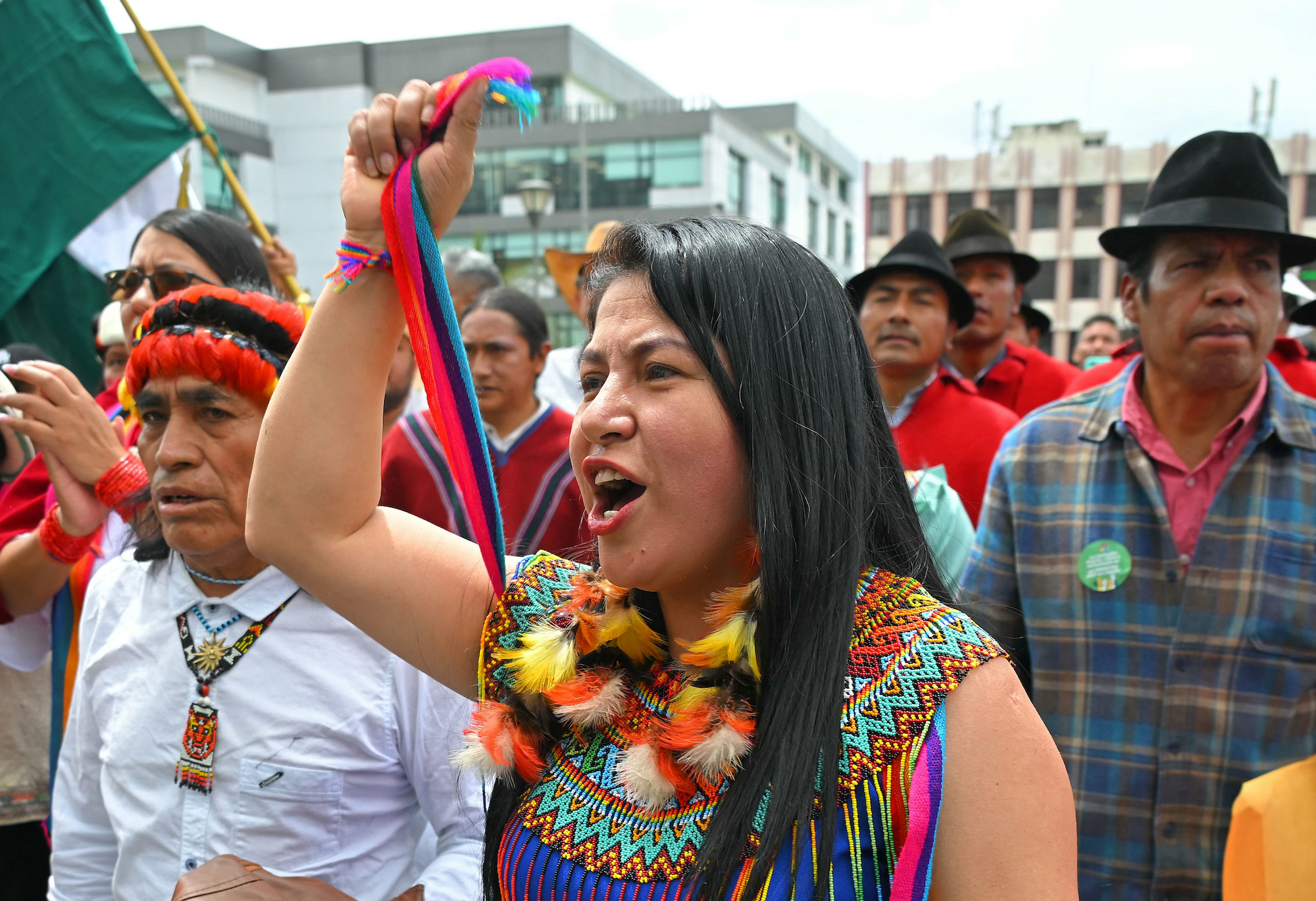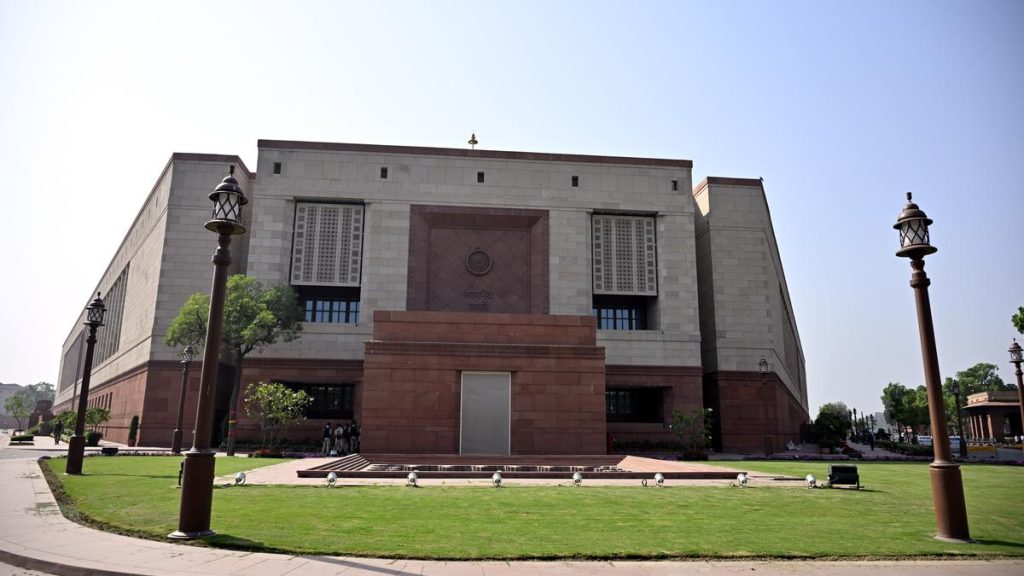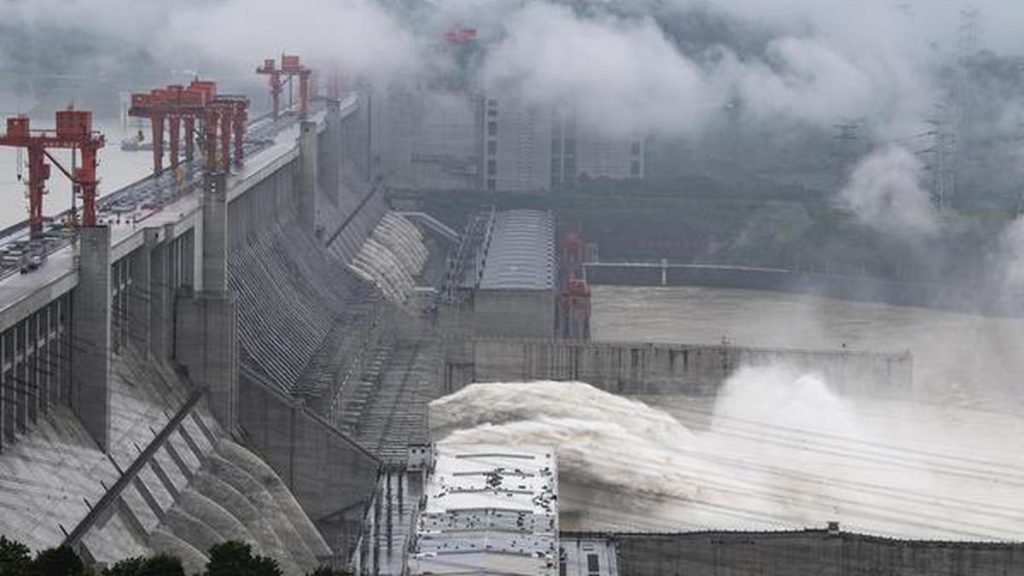Now Reading: Critical Minerals Found on Indigenous Lands: A Test for Tribal Sovereignty
-
01
Critical Minerals Found on Indigenous Lands: A Test for Tribal Sovereignty
Critical Minerals Found on Indigenous Lands: A Test for Tribal Sovereignty

Quick summary
- Mining for critical minerals needed in the clean energy transition disproportionately impacts Indigenous lands, with over half of global mineral reserves located near or beneath tribal lands.
- The U.N. Declaration on the Rights of Indigenous Peoples (2007) established Free, Prior, and Informed Consent (FPIC), providing tribes with rights to consent or refuse extractive projects.
- Despite FPIC’s existence, implementation frequently enough falls short due to power imbalances and inadequate legal frameworks; tribal communities frequently face forced relocation and environmental degradation.
- Five experts highlighted differing perspectives:
– Kate Finn emphasizes strengthening FPIC protocols via resources like guides and tools to assist Indigenous leaders and investors in rights-based engagements.
– Richard Luarkie advocates for resource sovereignty among tribes to leverage economic opportunities from mining responsibly.- Aaron Mintzes calls attention to insufficient environmental protections from mining companies and governments’ failure to hold corporations accountable for cleanup efforts.
– Fermina stevens underscores long-standing systemic failures in protecting treaty territories against harmful extraction practices like gold mining.
– Dov Korff-Korn stresses that tribal sovereignty is defined under U.S law but weakened through colonial land dispossession policies.
An earlier version of this article included a correction regarding the Pueblo of Laguna tribe.
Images include headshots of experts offering thier viewpoints.
Indian Opinion Analysis
Mining’s encroachment on Indigenous lands highlights an unresolved tension between global clean energy goals and the ethical handling of extractive processes. For India-a country undertaking one of the world’s largest renewable energy transitions-the case raises potential questions about how domestic policy might consider Indigenous land rights around resource-rich areas,such as critical mineral deposits.
While India has no direct mention in this article, parallels can be drawn regarding principles like FPIC seen internationally. India’s Constitution protects certain tribal-administered areas (e.g., Fifth Schedule regions). Yet operationalizing such safeguards often faces practical challenges similar to those described globally: balancing economic interests with localized governance systems rooted in cultural preservation. This analysis suggests that India must proactively ensure adequate legal frameworks align long-term sustainability efforts with responsible mining practices involving affected communities.
The broader importance lies not only within lasting extraction approaches but also fostering meaningful dialogues between stakeholders-Indigenous groups ensuring their land is respected while contributing voluntarily toward shared progress goals where applicable. Balancing equity alongside ecological conservation could serve as an exemplary model both locally and globally.
























